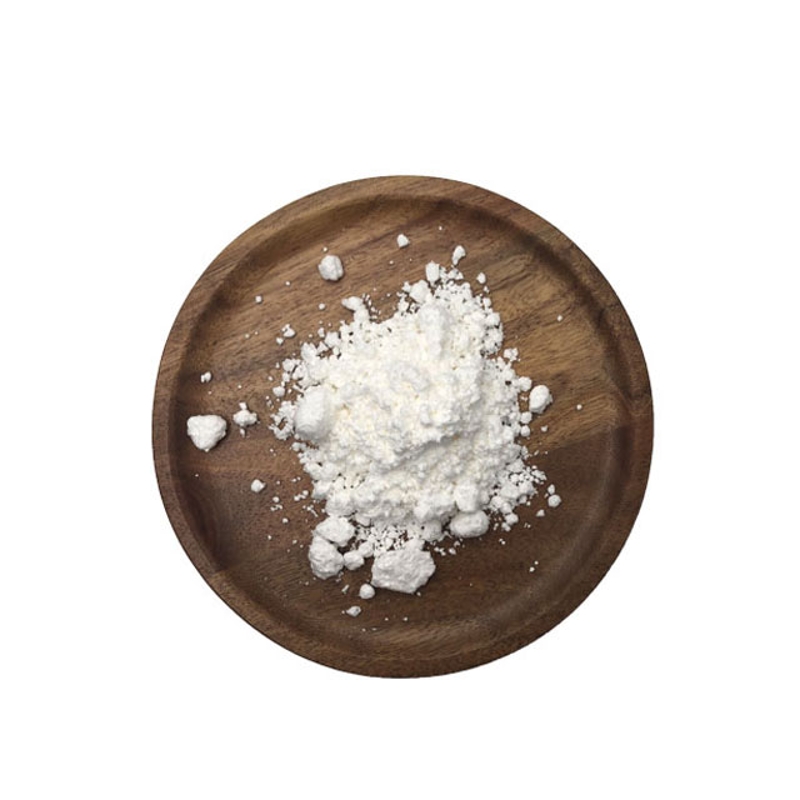-
Categories
-
Pharmaceutical Intermediates
-
Active Pharmaceutical Ingredients
-
Food Additives
- Industrial Coatings
- Agrochemicals
- Dyes and Pigments
- Surfactant
- Flavors and Fragrances
- Chemical Reagents
- Catalyst and Auxiliary
- Natural Products
- Inorganic Chemistry
-
Organic Chemistry
-
Biochemical Engineering
- Analytical Chemistry
- Cosmetic Ingredient
-
Pharmaceutical Intermediates
Promotion
ECHEMI Mall
Wholesale
Weekly Price
Exhibition
News
-
Trade Service
Many cancer patients die of cardiovascular disease and sudden death, but data on the prevalence and prognostic significance of cystic arrhythmics are not yet clear.
, researchers recruited 120 unfiltered patients with unfiltered lung, colon or pancreatic cancer between 2005 and 2010 in a study published in the leading journal of cardiovascular science, European Journal of Heart Failure, with one of three diagnoses: colorectal cancer (n=33), pancreatic cancer (n=54) or non-small cell lung cancer (n=33), all of which were not significant cardiovascular diseases.
researchers compared them with 43 healthy controls with similar age and gender distributions.
24-hour electrostatimal recording of each participant and followed cancer patients for up to 12.5 years (median 21 months).
96 (80%) cancer patients died during follow-up (five-year lifetime: 27% (95% CI 19-35%).
, non-persistent roomary tatia (NSVT) was more frequent in cancer patients (8% vs. 0%, p.021) than in the control group.
, the number of laboratory-based early fights (PVC) in cancer patients did not increase within 24 hours compared to the control group (median was 4 vs. 9, p s 0.2).
In multivariate analysis, NSVT (HR is 2.44, p s 0.047) and PVCs (1.021 per 100 HR, p s0.047) are important predictors of mortality, independent of other single-variable mortality prediction indicators, including tumor stages, cancer types, potassium concentrations, past surgery, heart toxicity chemotherapy, and hemoglobin.
PVCs≥50/24-hour predictable mortality rate (HR 2.30, p-0.0024) was found in 18% and 26% of patients, respectively, in colorectal and pancreatic cancer patients.
this, it can be seen that colorectal cancer, pancreatic cancer and non-small cell lung cancer patients, non-persistent roomular tatroidal tatia is more common, and together with PVC can predict long-term mortality.
increases the likelihood that cardiovascular mortality will be targeted for future treatment interventions for certain cancers.
。







